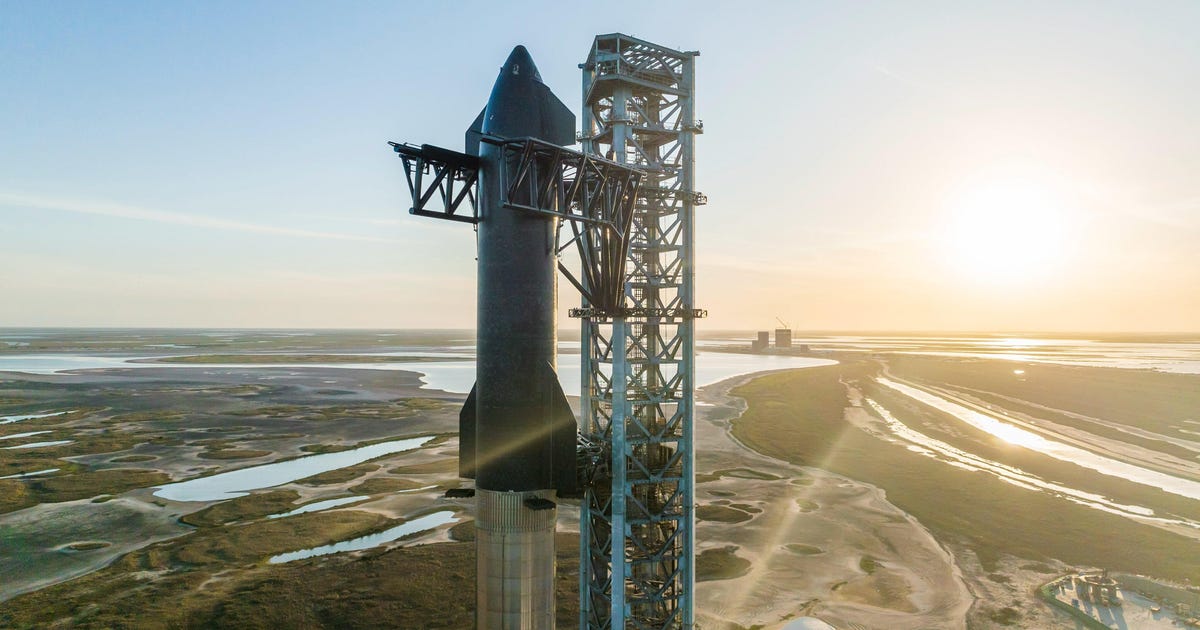
Over the last several years, we’ve seen commercial spaceflight go from beyond reach to somewhat of a passion project among some of the world’s richest people. Amazon founder Jeff Bezos invited Star Trek’s William Shatner to blast into space aboard the Blue Origin New Shepard spacecraft last year. Virgin Galactic, headed by billionaire Richard Branson, plans to launch the first mass-commercial space flight in 2022. And Elon Musk’s SpaceX is hard at work on Starship, an interplanetary rocket that could be the first spacecraft to take humans to Mars.
These endeavors signal the space industry’s shift from the government to the private sector.
“Historically, space in general has been kind of a government playground,” said Jess Harrington, a solution manager at consulting firm McKinsey. “There’s a lot of reasons for this. One of them is cost. … We’ve seen public agencies like NASA start to utilize commercial technologies and leverage those to get to space.”
But the high costs of funding for research, development and supplies — and the reality of budget cuts for government agencies like NASA — have led to more companies in the private sector (and billionaires with deep pockets) subsidizing space travel.
One of the most notable examples is SpaceX. The company launched the Falcon 1 rocket into orbit in 2008, helping to demonstrate the viability of privately funded space travel. In 2021, NASA chose SpaceX to develop equipment for its Artemis program, which aims to send astronauts back to the moon.
These developments spell out a new era of space travel that aims to make it more attainable to the masses — though it may take some time before everyday space fans have the chance to blast toward the heavens. Check out CNET’s video above for more on what could come from this new era of commercial space travel.


